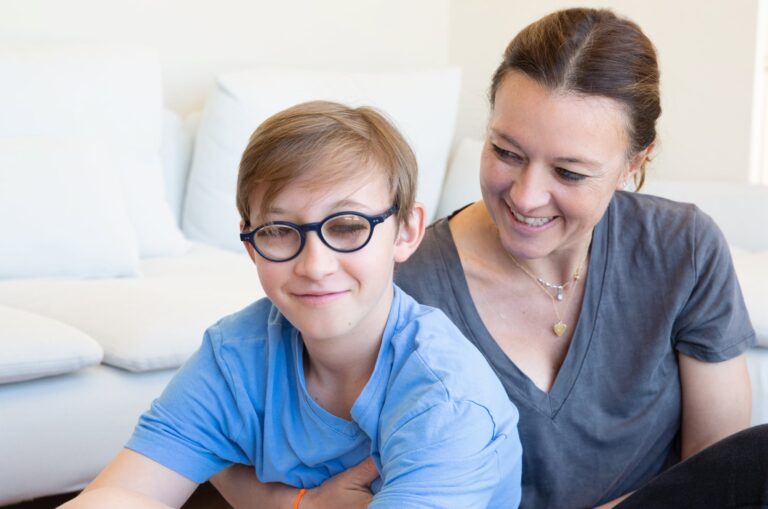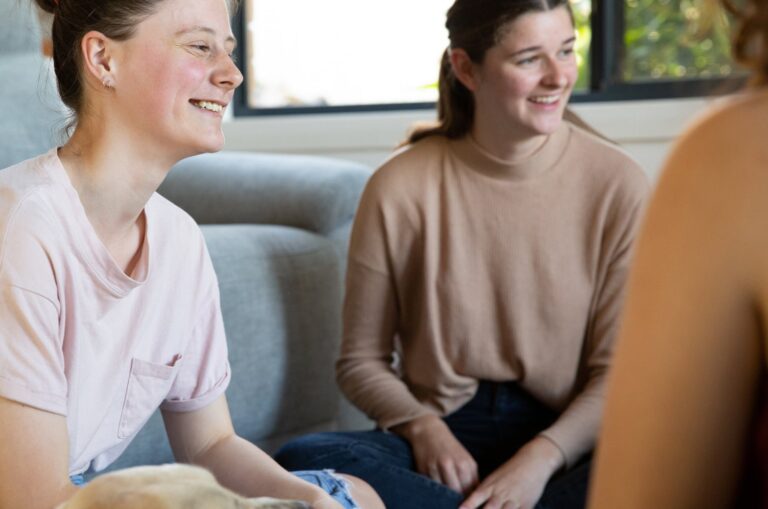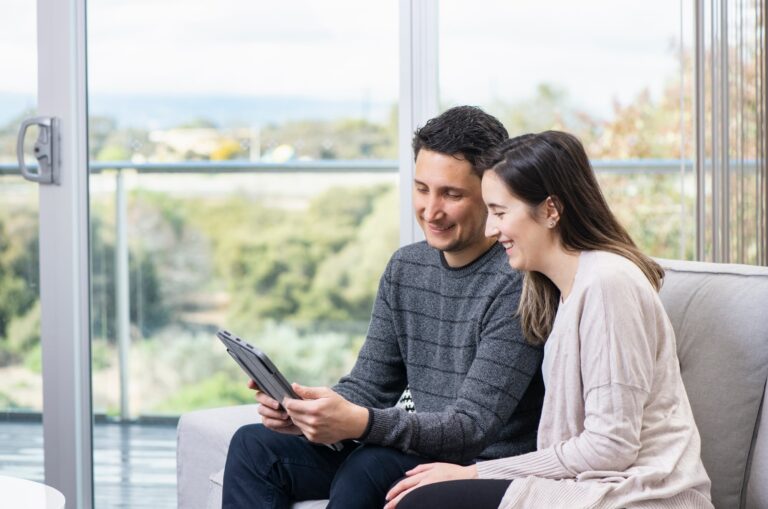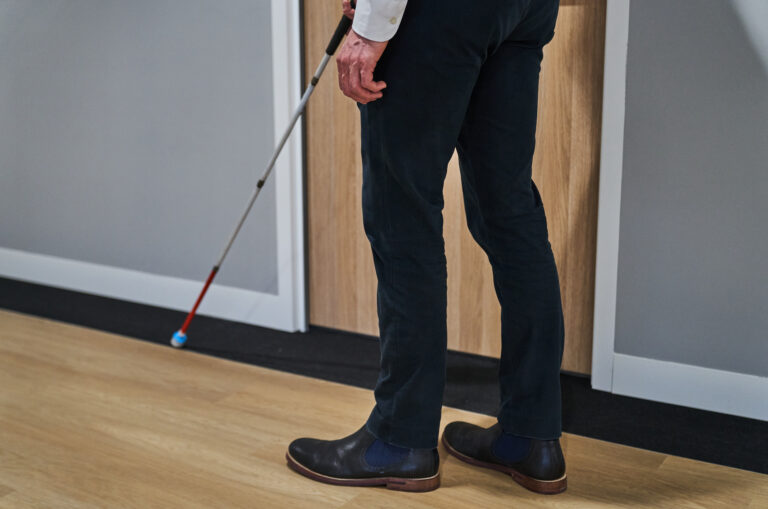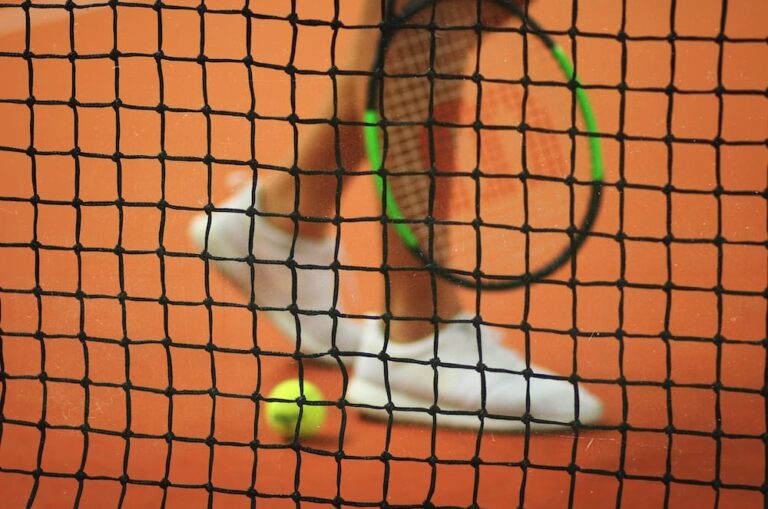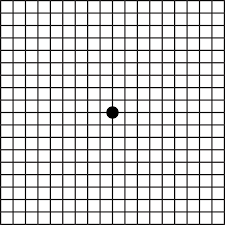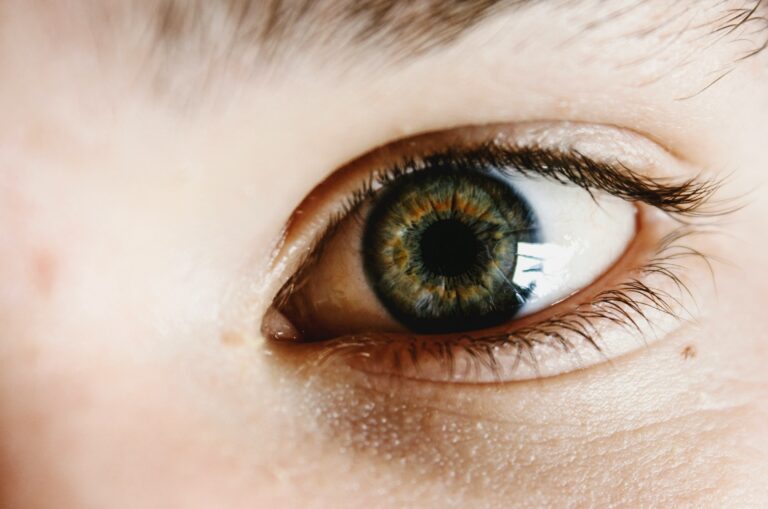Introduction

We’ve put together some tips and techniques to help people with low vision or blindness when they’re whipping up some magic in the kitchen.
These are just a few general examples of safe cooking techniques, and the specific techniques that are best for you will depend on your needs and preferences.
Use a talking kitchen scale
A talking kitchen scale can help measure ingredients accurately, allowing you as the cook to measure ingredients by weight instead of volume.
There are digital and mechanical talking scales, as well as Bluetooth talking scales that connect with your digital devices.
Label containers
Nobody wants to mix up their cinnamon with their nutmeg – or worse, their sugar with their salt – so labels are always a good idea.
You can use raised letters, braille or sticky raised dots to easily identify your ingredients by touch.
Use a non-slip map
Non-slip mats are designed to be placed on kitchen countertops to prevent pots and pans from sliding, reducing the risk of burns and spills.
Use a stove knob guard
A stove knob guard can be placed over the stove knobs to prevent accidental changes to the heat settings.
While many guards are designed to prevent children or pets from turning on the stove or oven, there are products designed specifically for people with low vision and blindness. They often include high contrast colours and/or tactile markings.
Use a talking thermometer
A talking thermometer can help the cook monitor the temperature of food as it cooks, reducing the risk of under- or overcooking.
There are all sorts of different varieties, including probe thermometers that you insert into food, infrared thermometers that let you check temperature without touching food, thermometers that work in the oven or the fridge, and even thermometers designed specifically for making lollies and caramel.
Use high-contrast equipment
For people with low vision, high-contrast and coloured utensils might prove useful.
Coloured bowls or pots, for example are handy for separating peeled and unpeeled fruit and vegetables. It might also be helpful to use a light-coloured cutting board for darker-coloured foods, such as eggplant or broccoli, and a darker one for lighter-coloured foods, such as brown onions and cheese.
Our Occupational Therapists help you to approach your everyday routine with confidence – everything from cooking with friends to making your garden beautiful.
You might also like
Ready to continue?
Seems like you have filled this form earlier. Let’s pick up where you left off.

